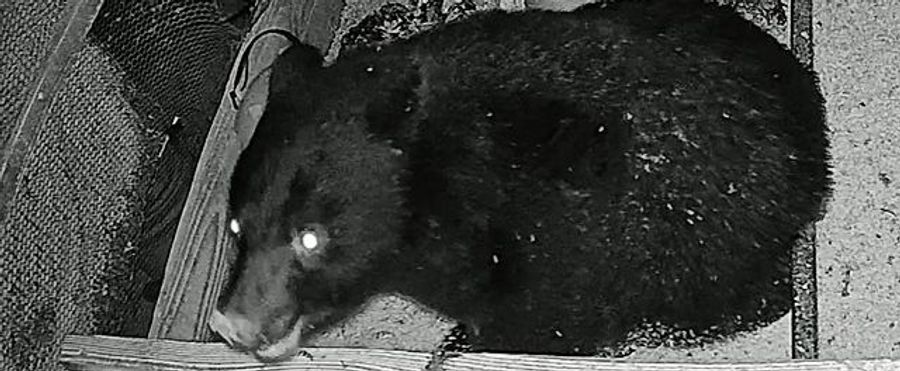In a recent poultry pandemonium, two chicken coops in rural Japan were infiltrated, leading to the startling loss of 180 chickens. The surprising intruder behind this disastrous ordeal was a bear, establishing a peculiar instance of human-wildlife conflict. The incident has once again ignited a simmering debate over handling of wildlife intrusions in the country's hinterlands.
In Japan, particularly in rural regions, interactions between humans and wildlife have become increasingly frequent due to deforestation and urban encroachment into wildlife habitats. In all such instances, preservation of both human safety and animal life is paramount. The incident will likely spur discussions about the effectiveness of current wildlife encroachment mitigation strategies.
In many parts of the US or EU, where similar wildlife intrusions occur, there are well-established procedures to handle such instances, including robust animal deterrent systems, insurance schemes for affected farmers, and relocation of problematic wildlife. The underlying principle remains the same: ensuring a balance between human safety and wildlife preservation.

